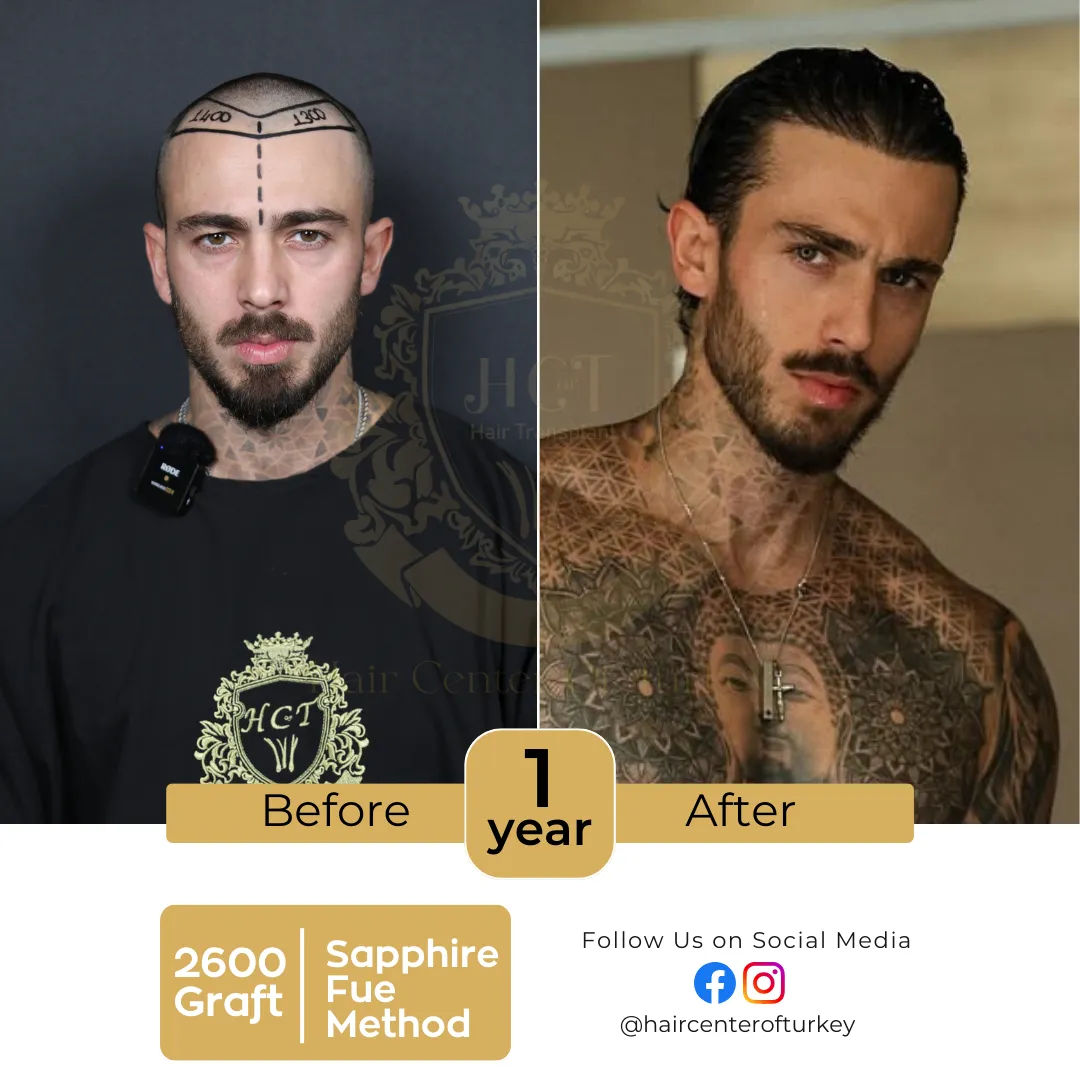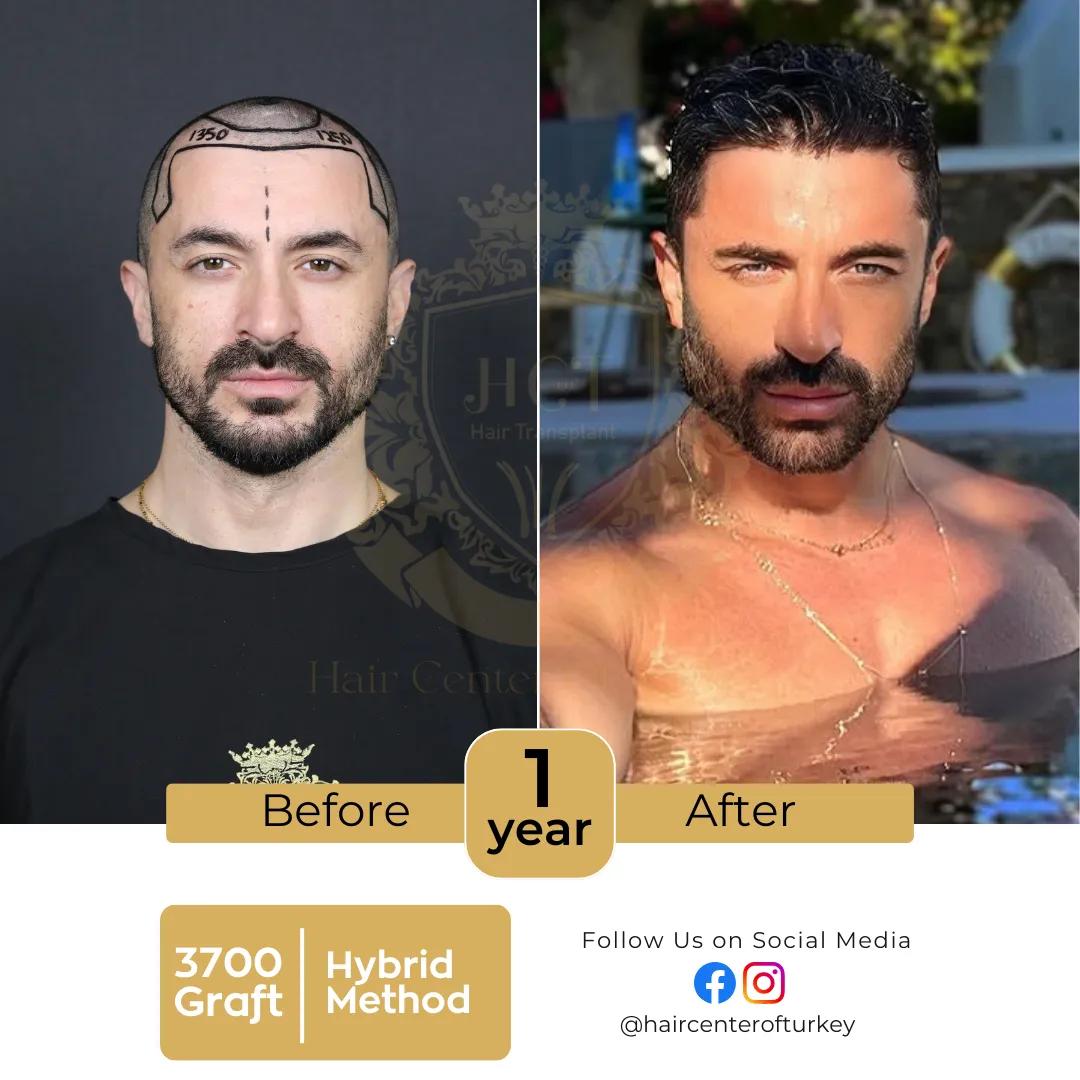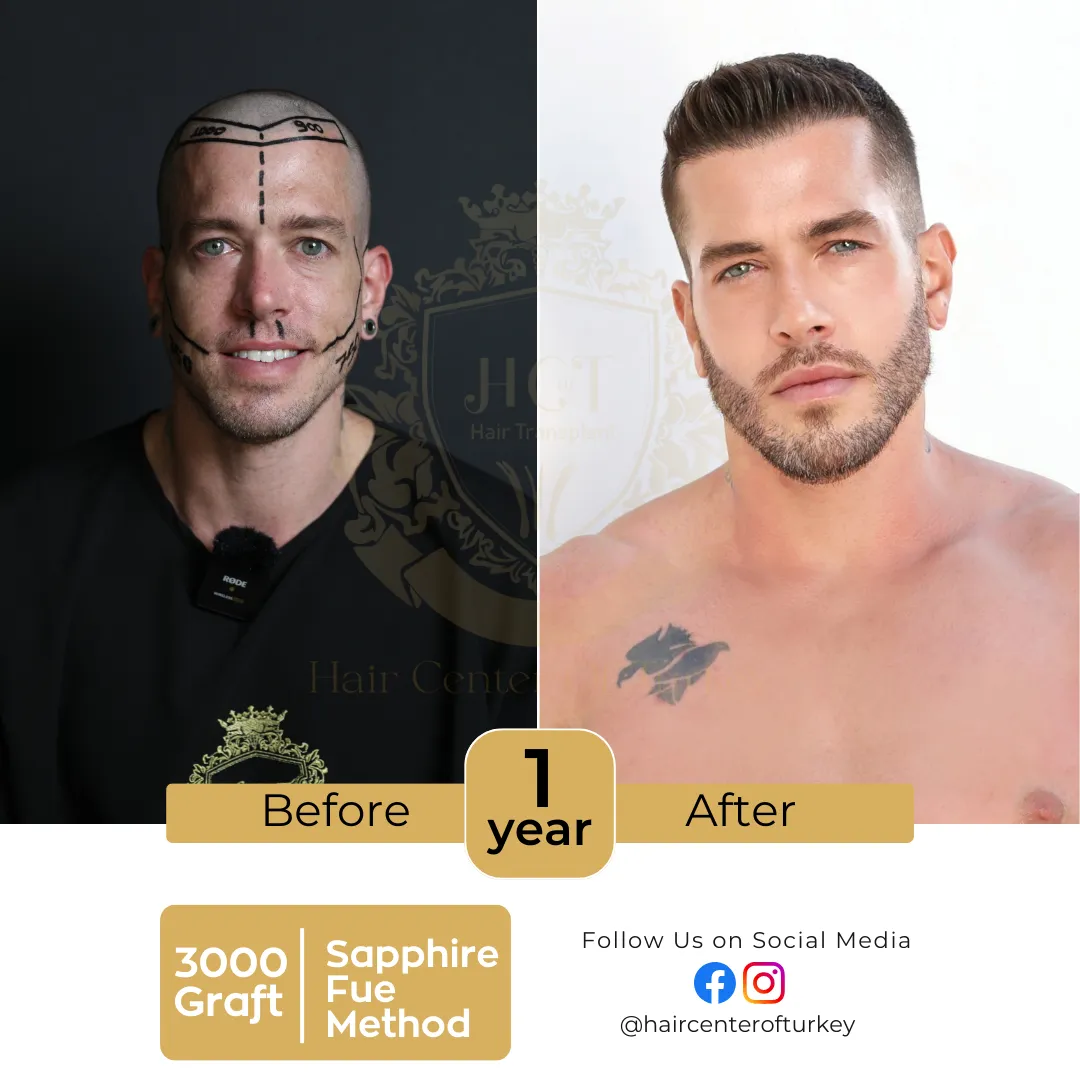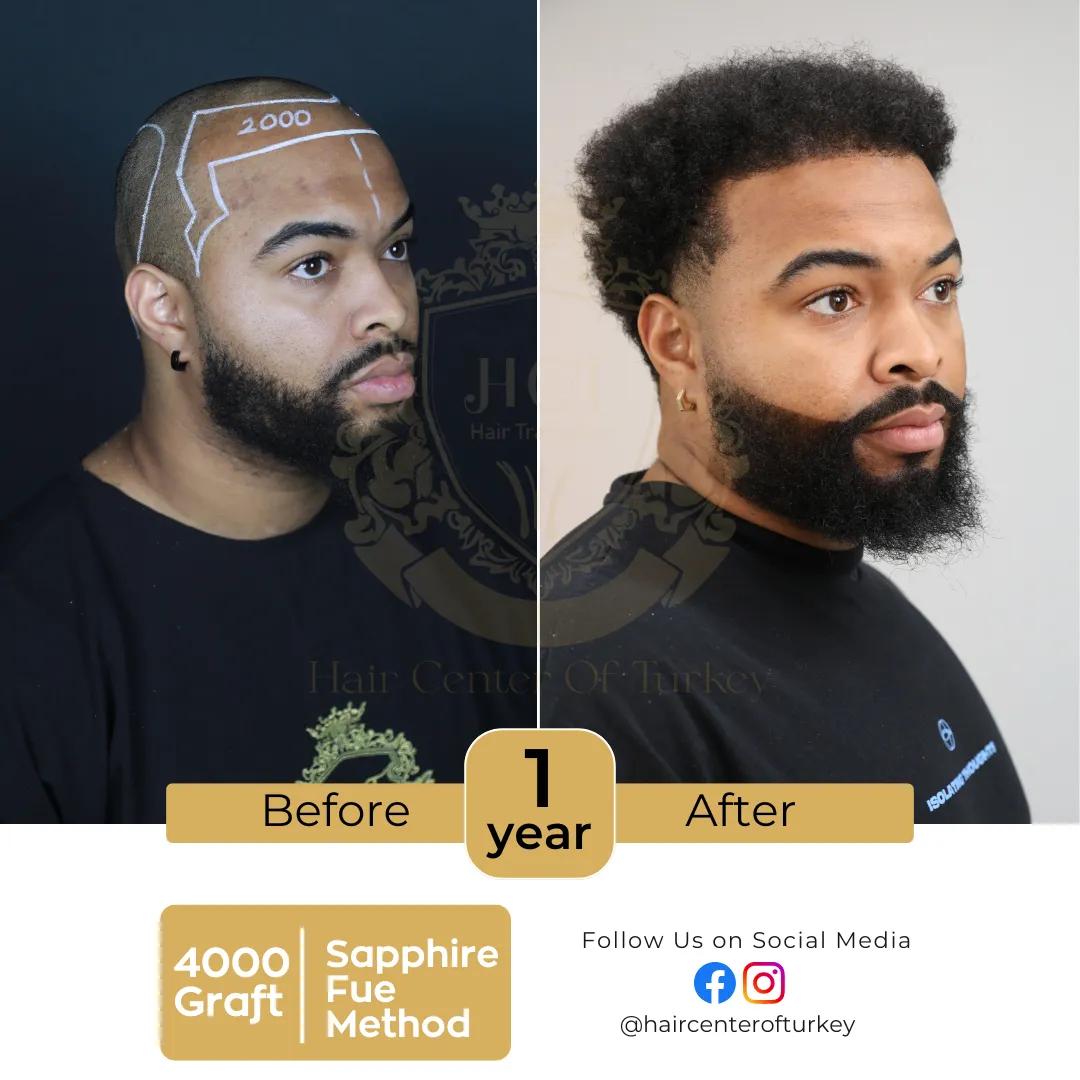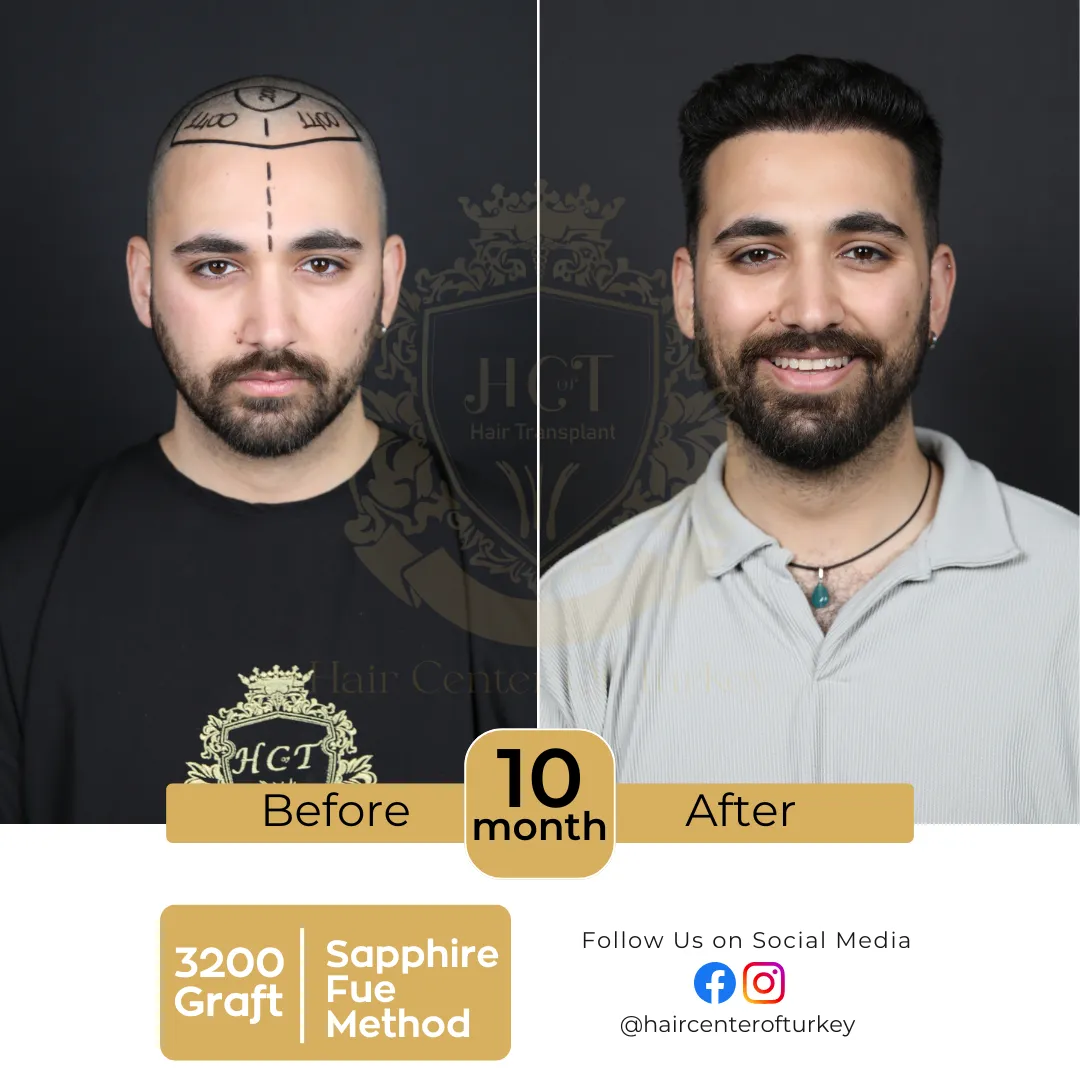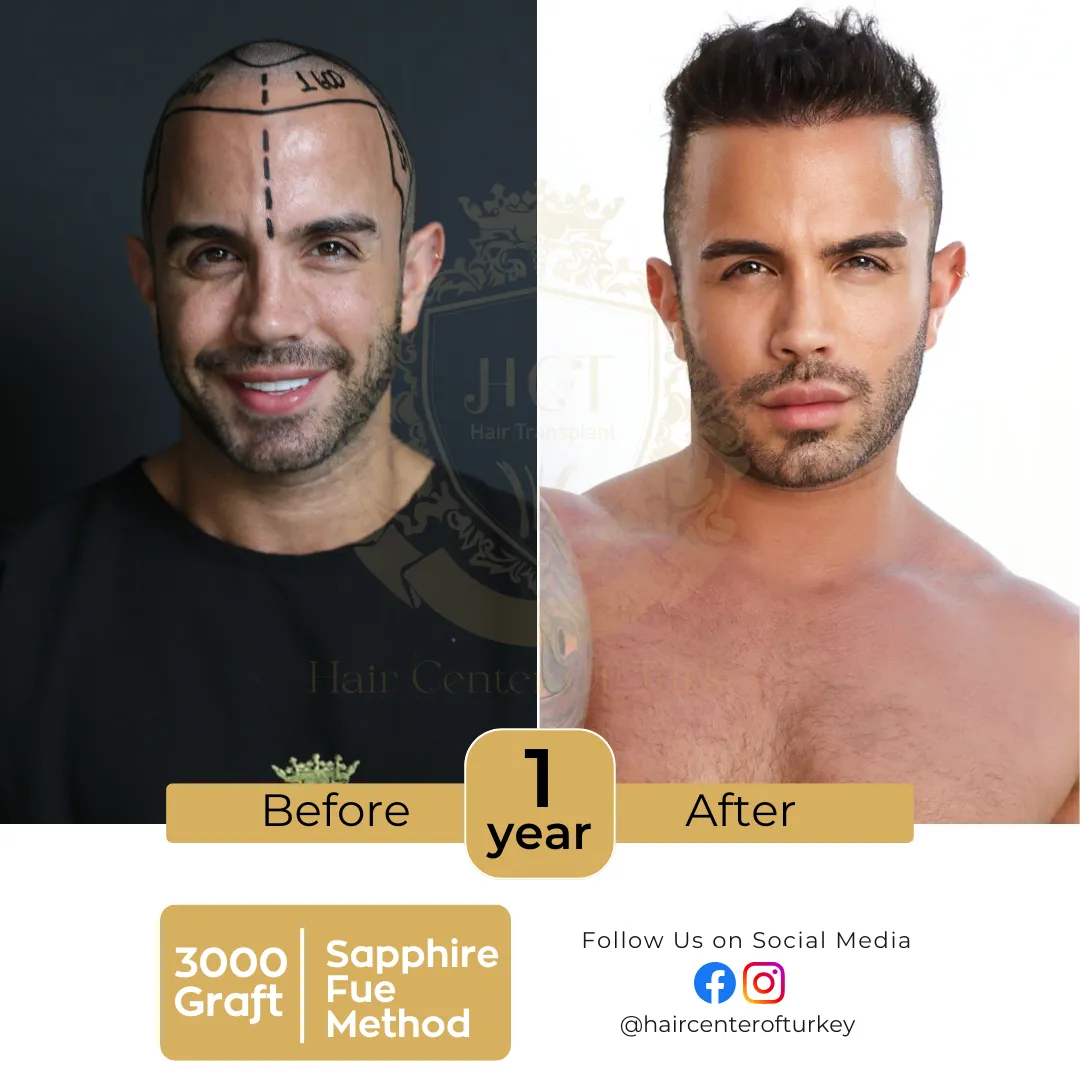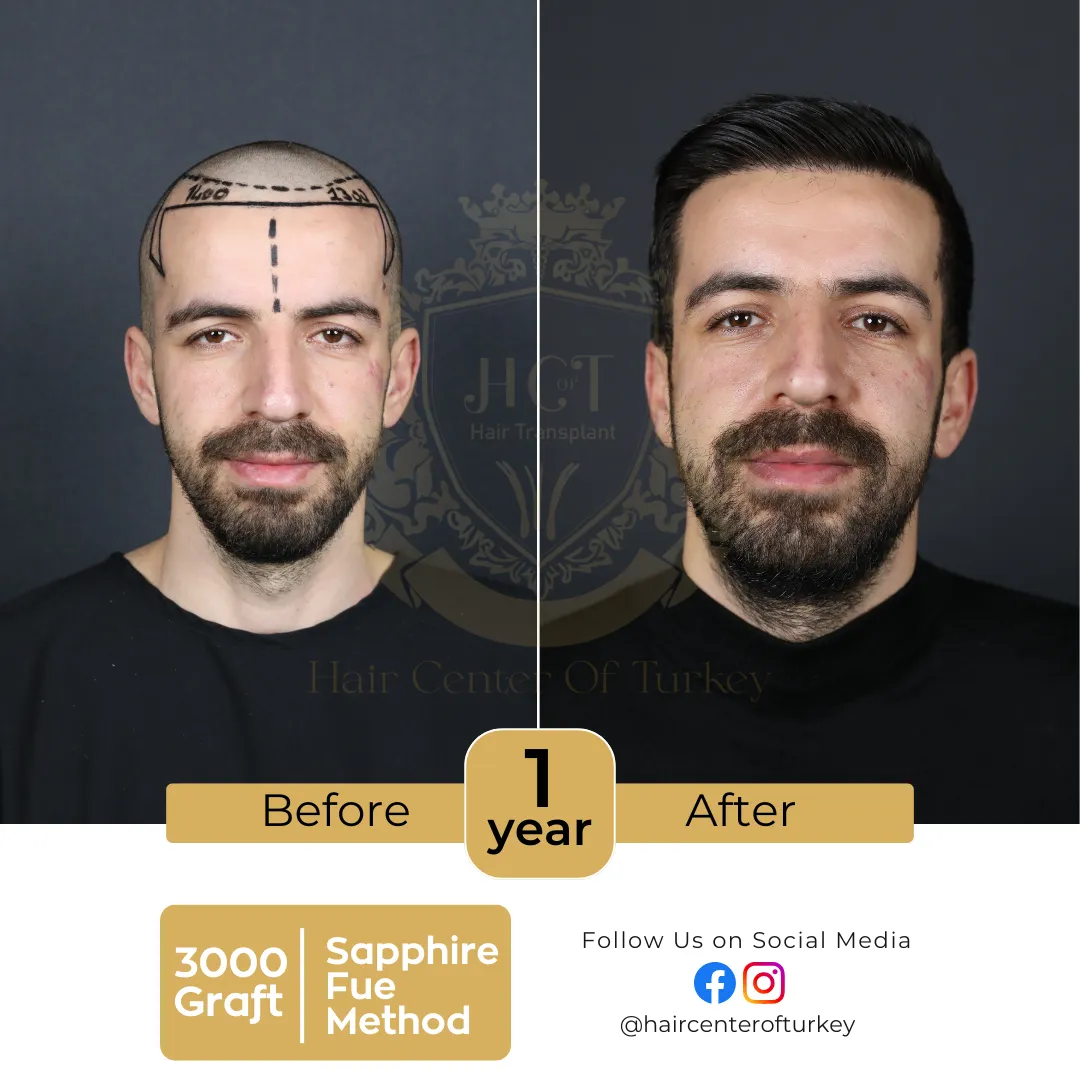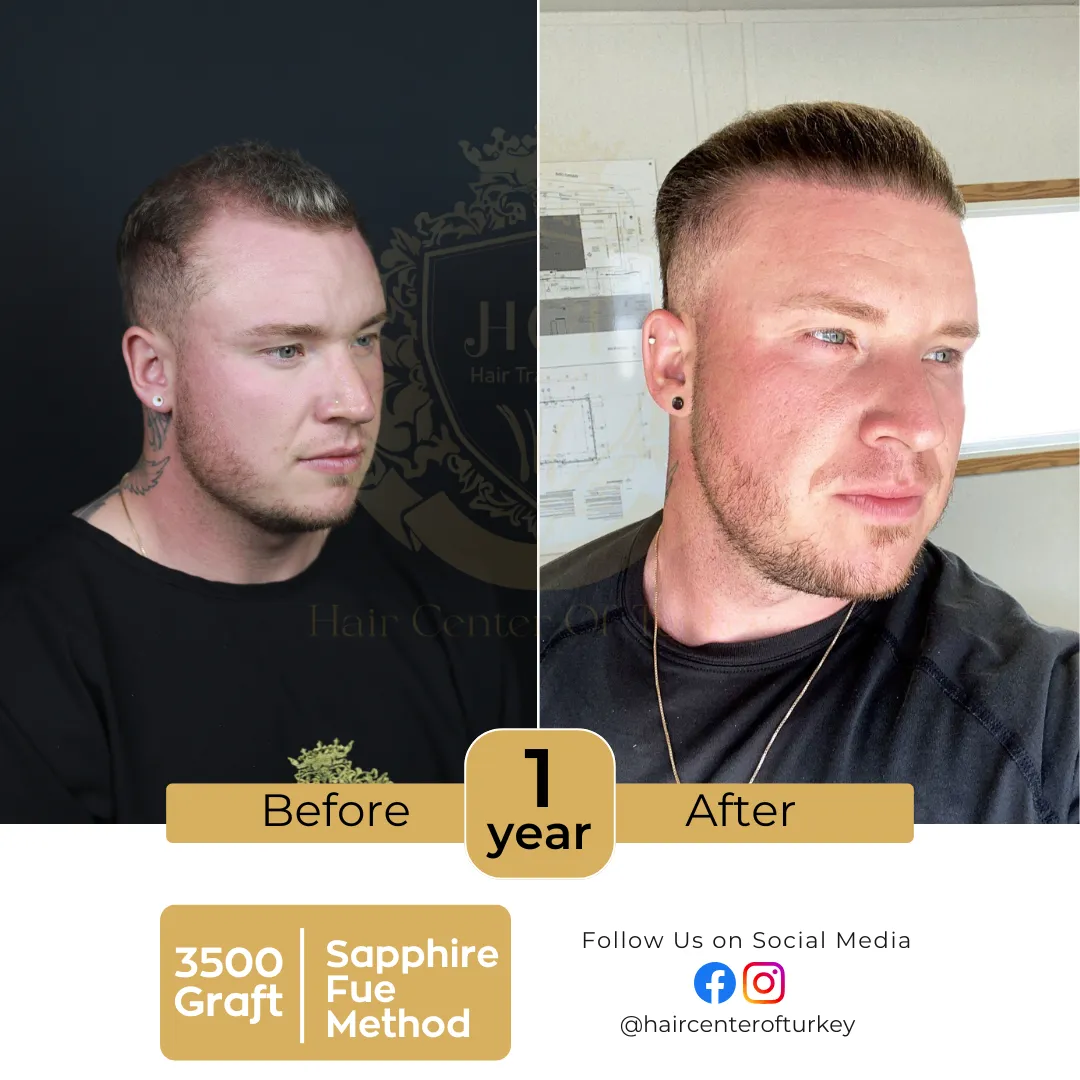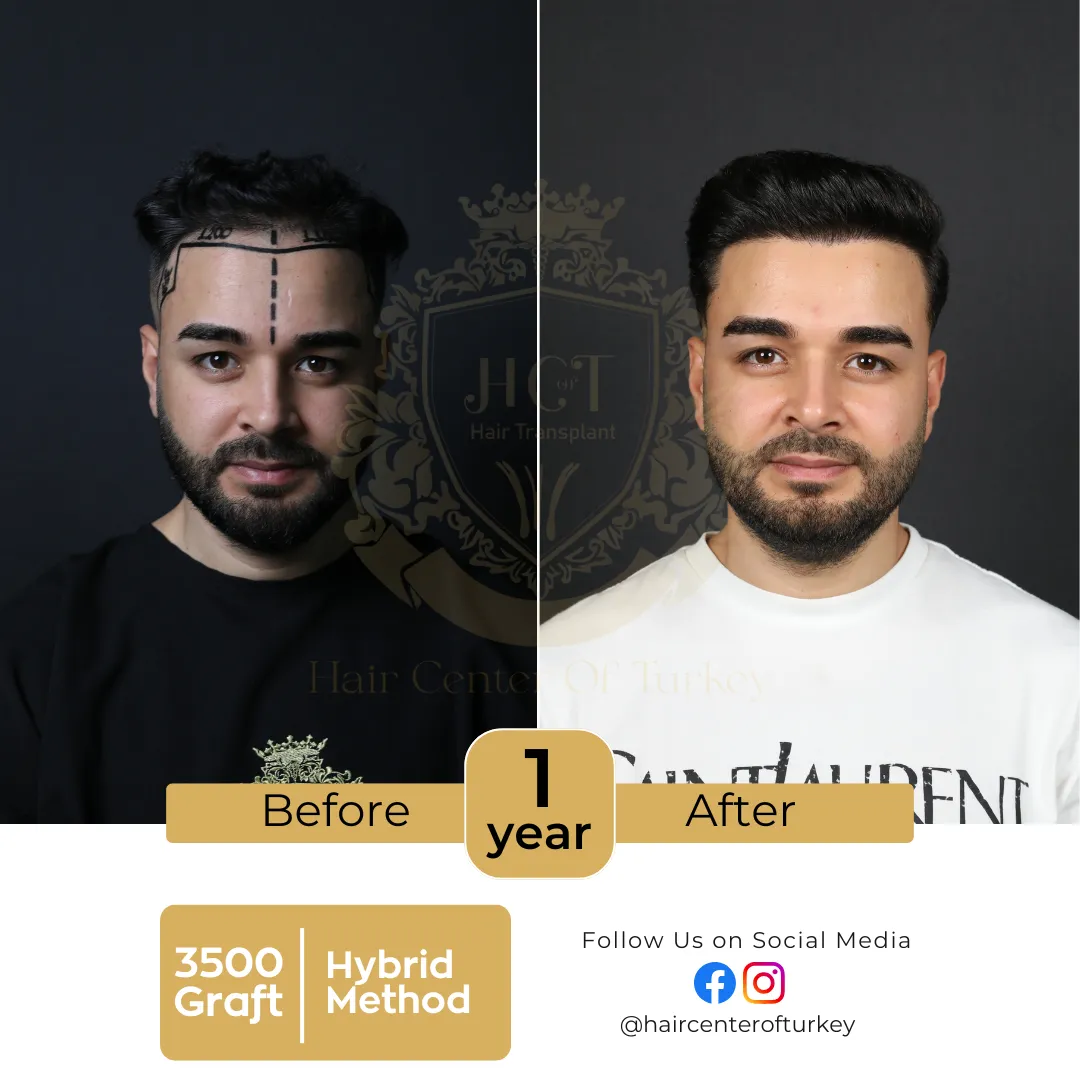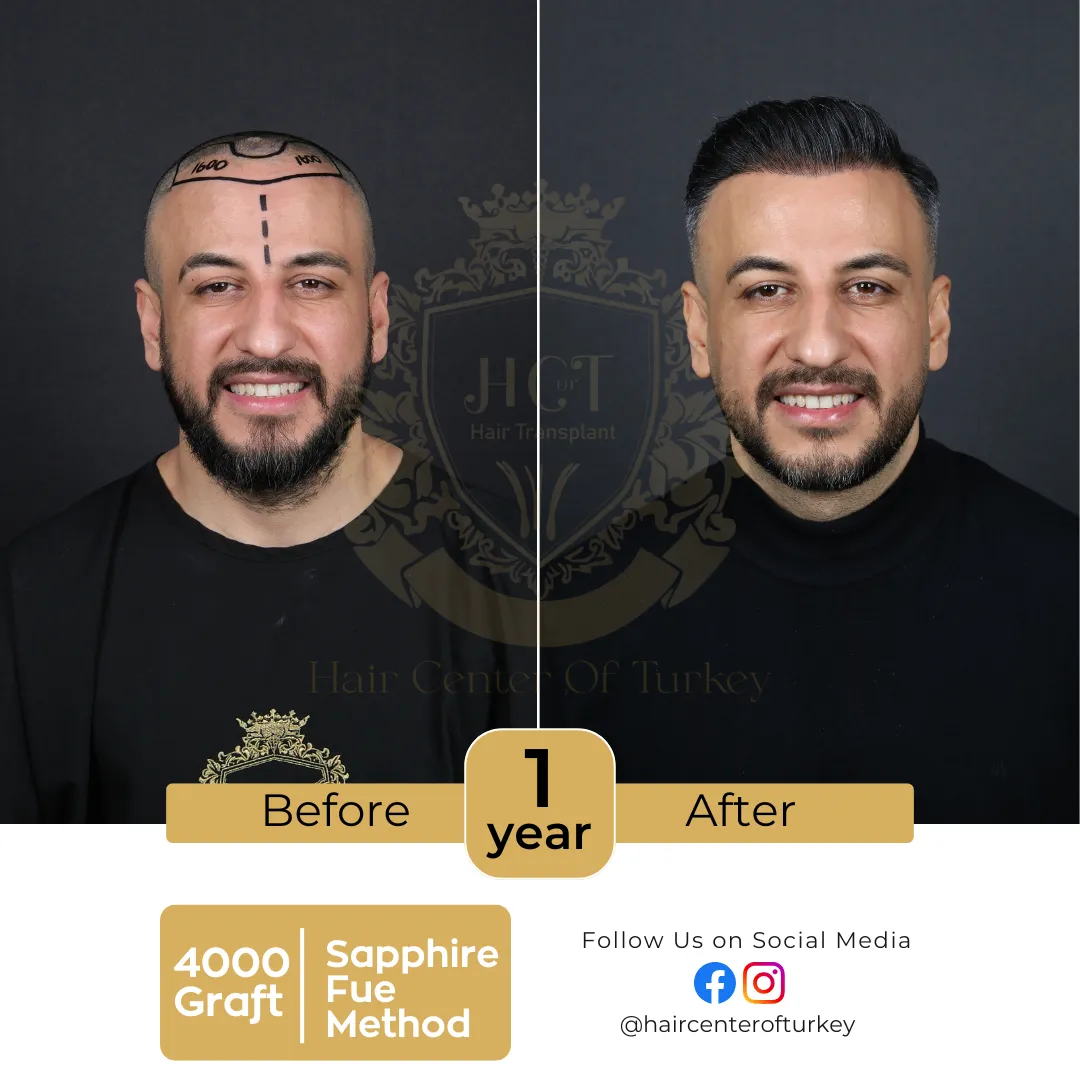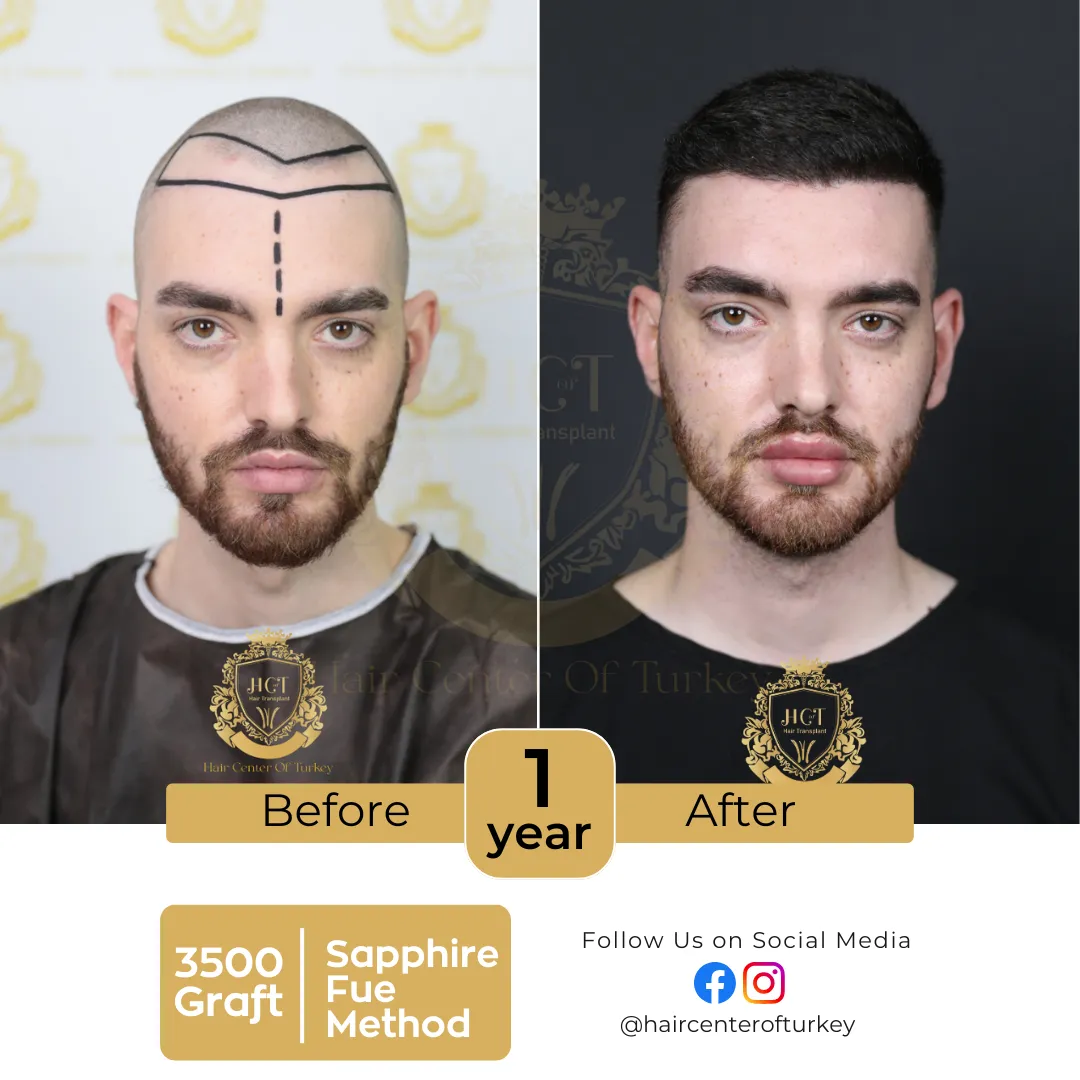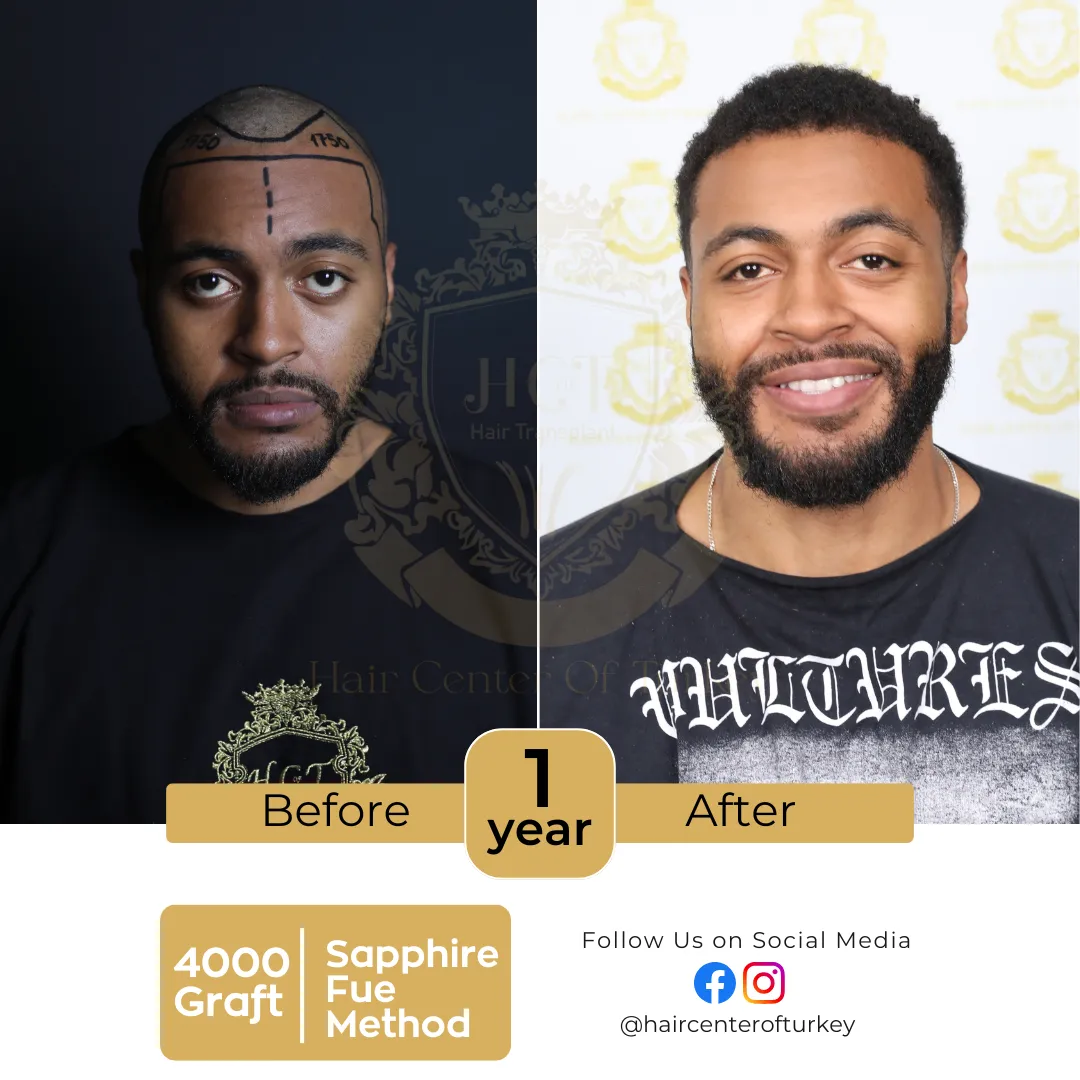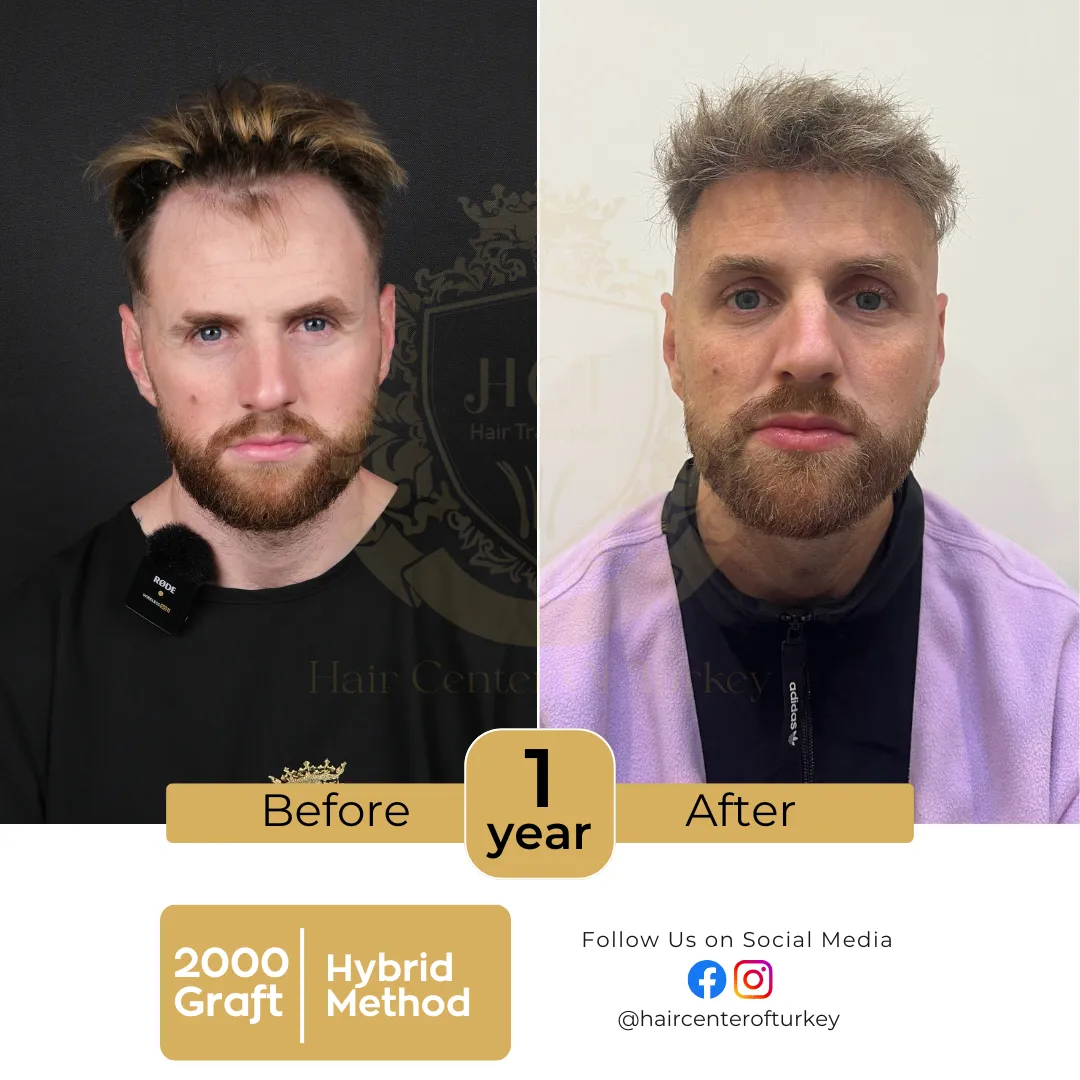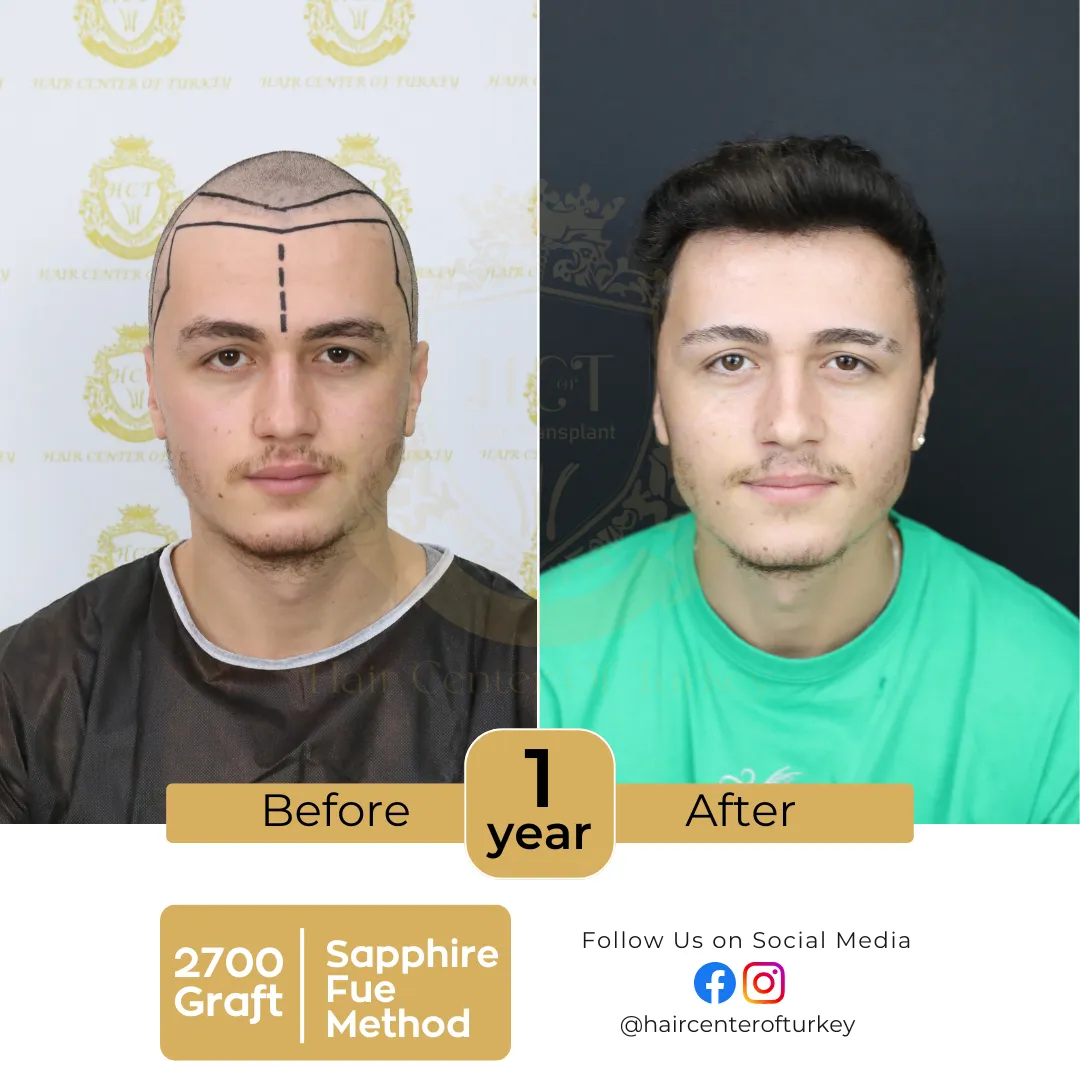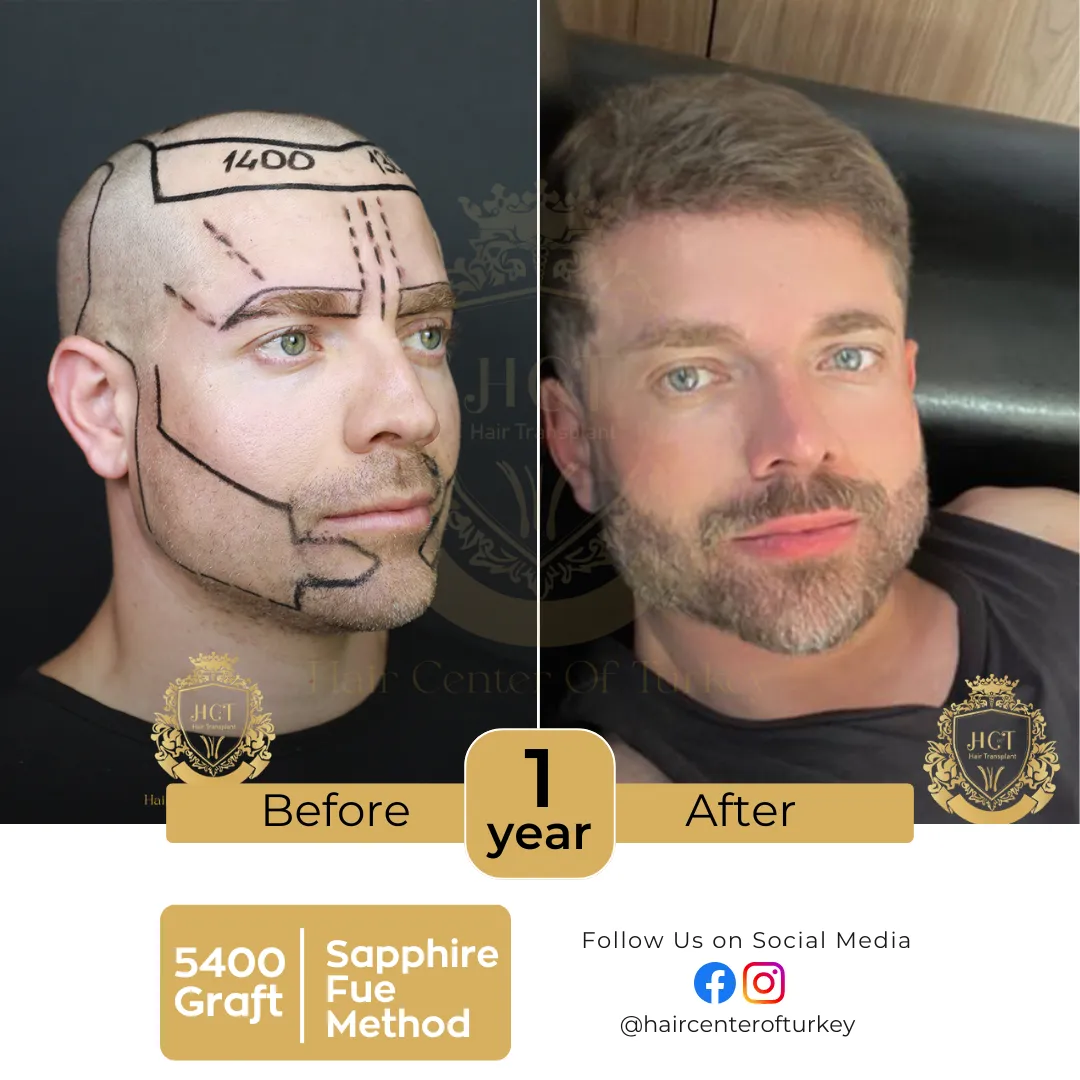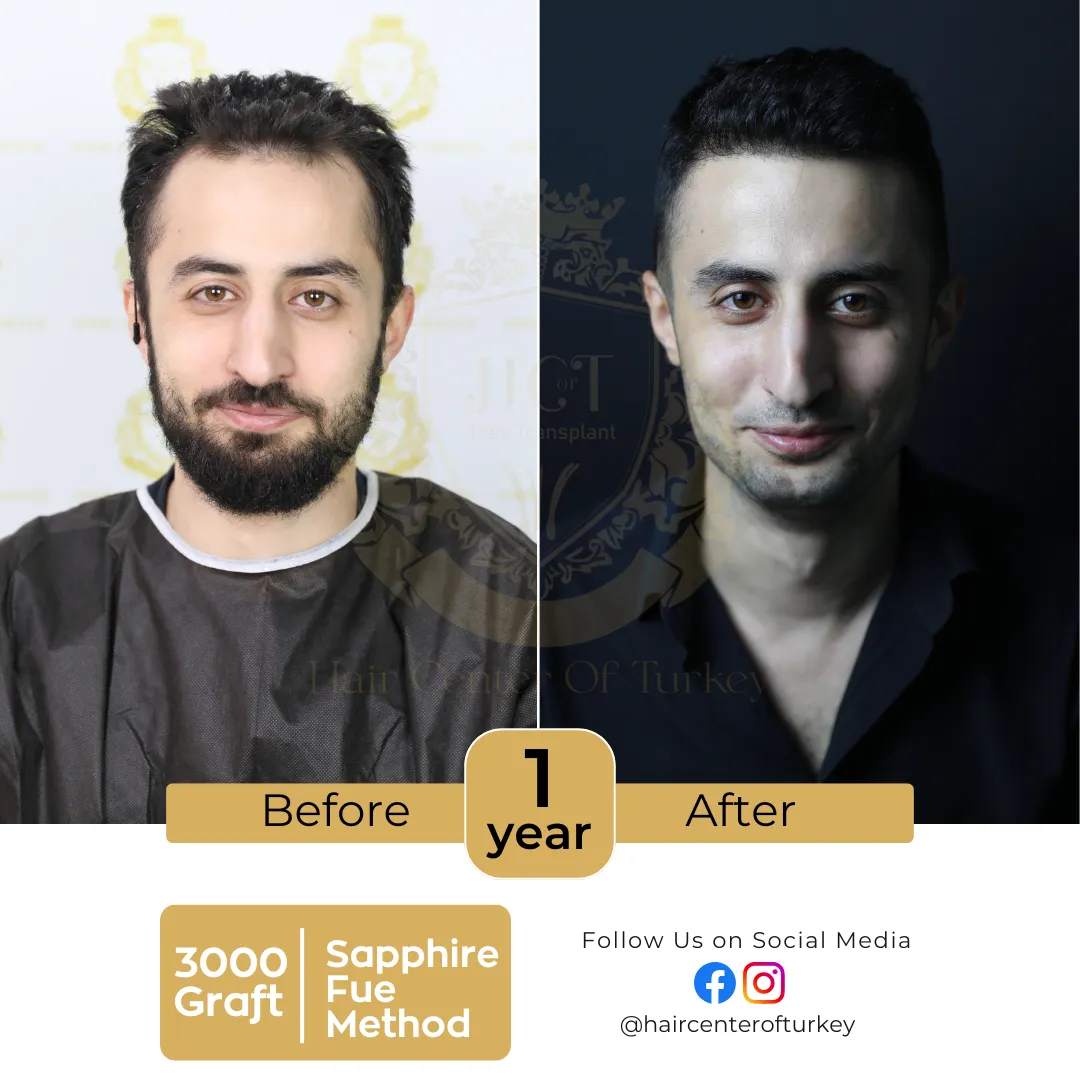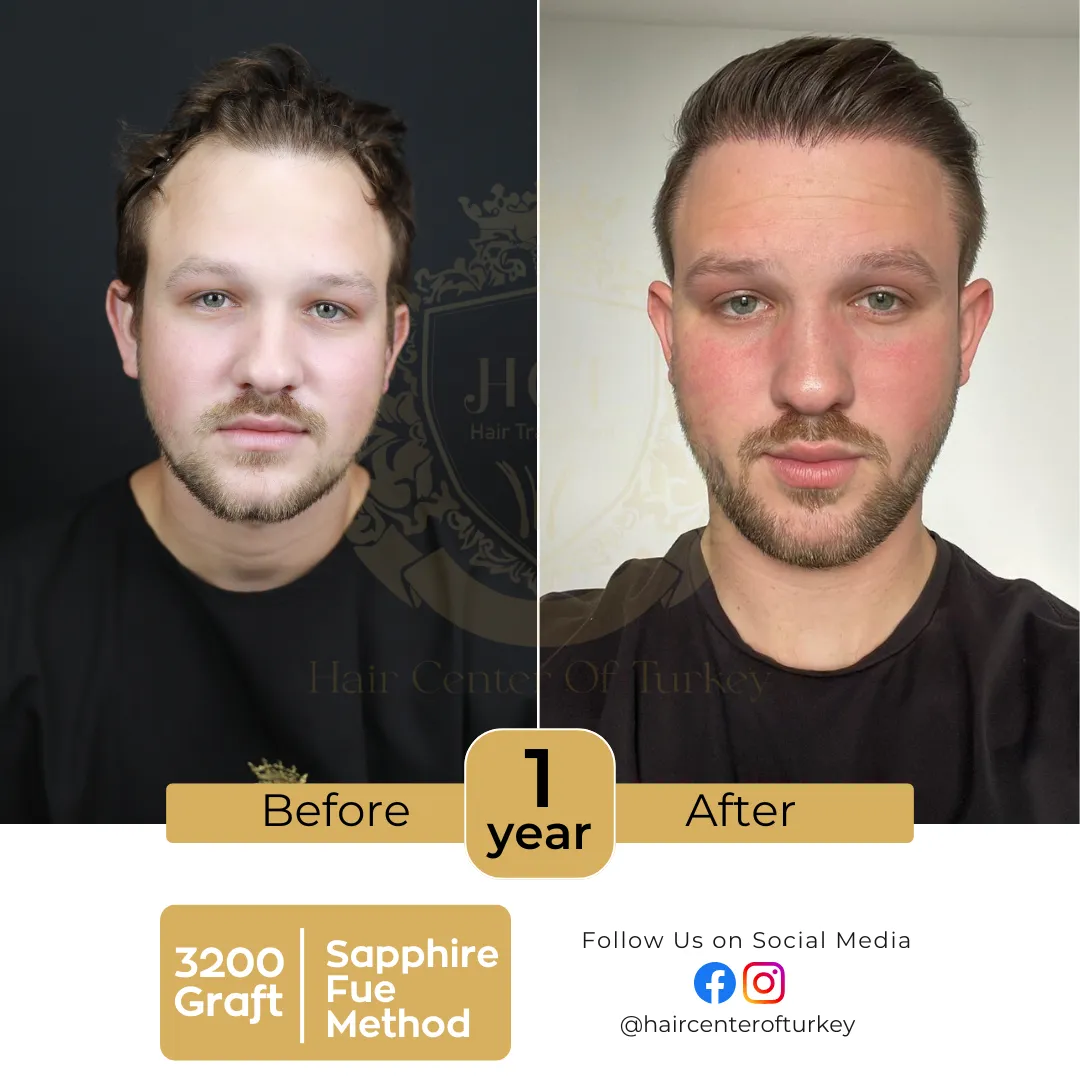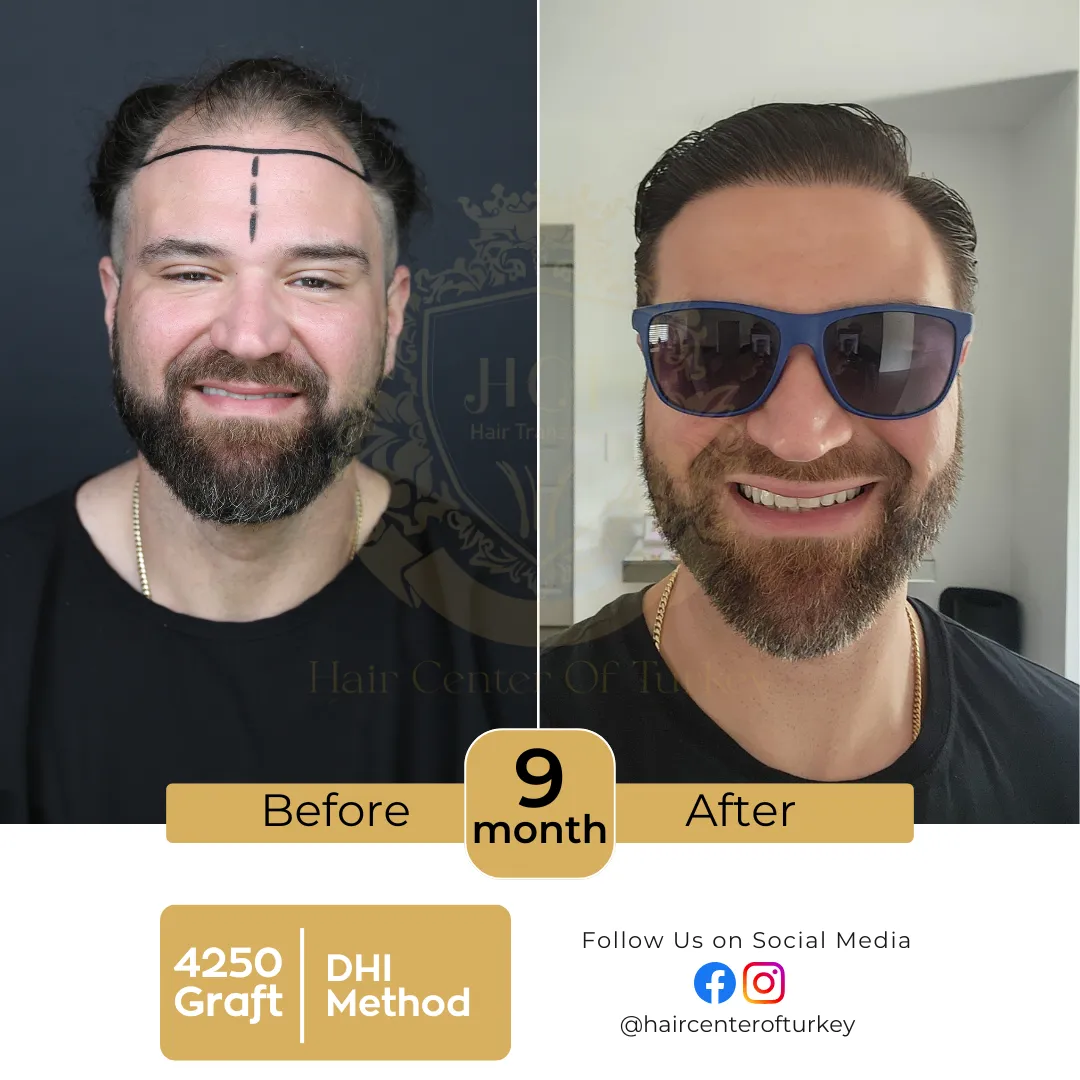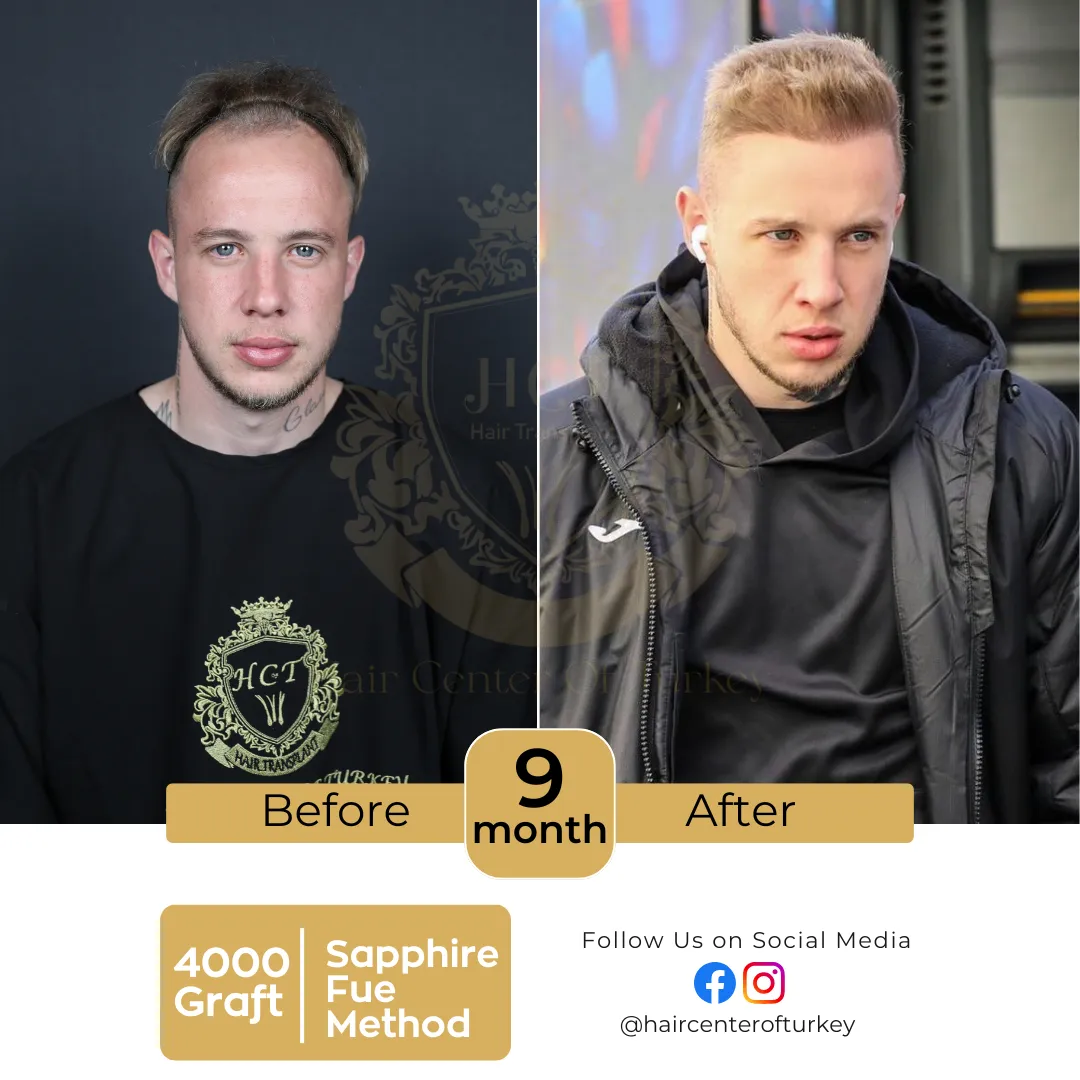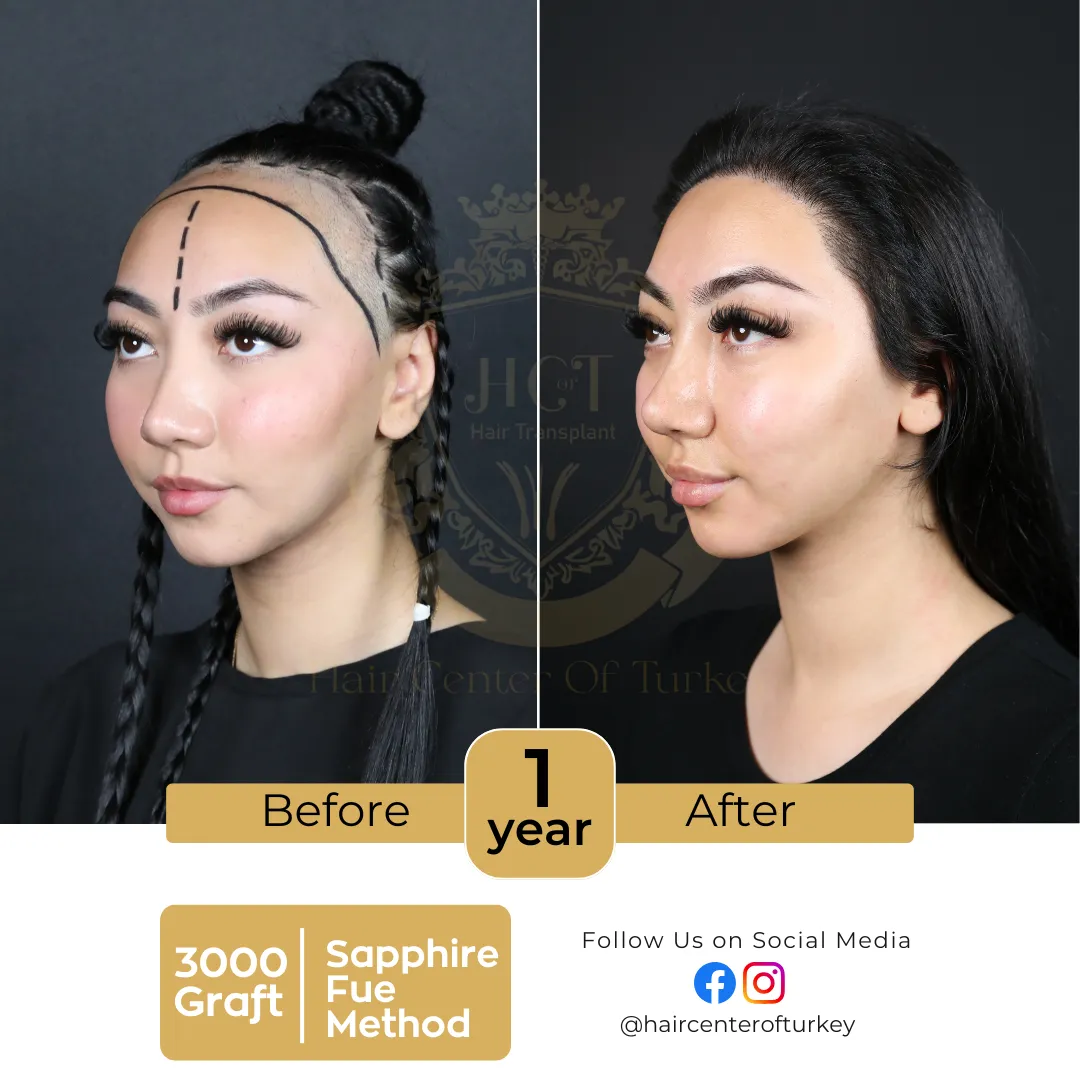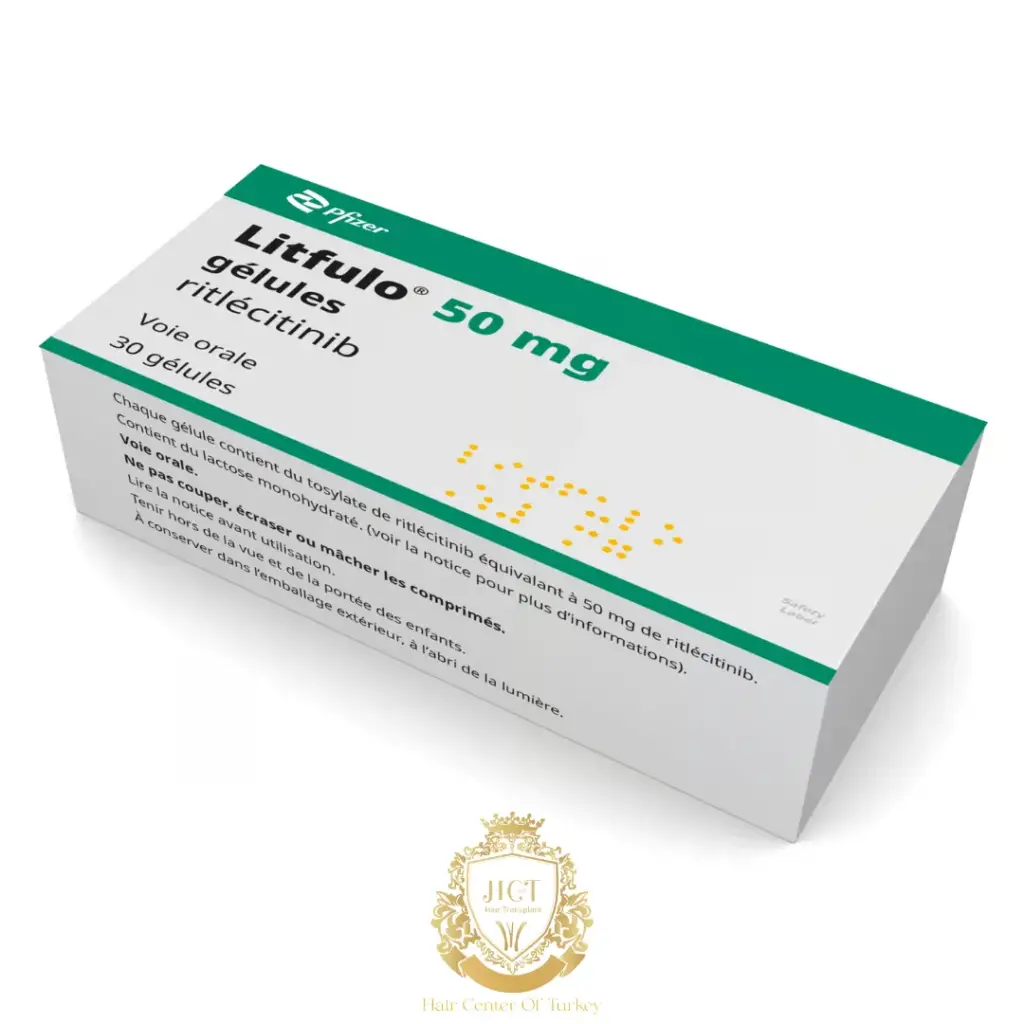What Is MicroRNA Therapy and How Does It Help Stop Hair Loss?
Hair loss affects millions worldwide, and new treatments are constantly emerging to address this concern. One of the most talked-about innovations in recent years is microRNA therapy, a method designed to regulate gene expression linked to hair follicle function. People searching for advanced, scientifically backed hair loss treatments are increasingly turning to this approach. By targeting the genetic and cellular drivers of thinning hair, microRNA therapy offers hope for more natural and long-lasting regrowth.
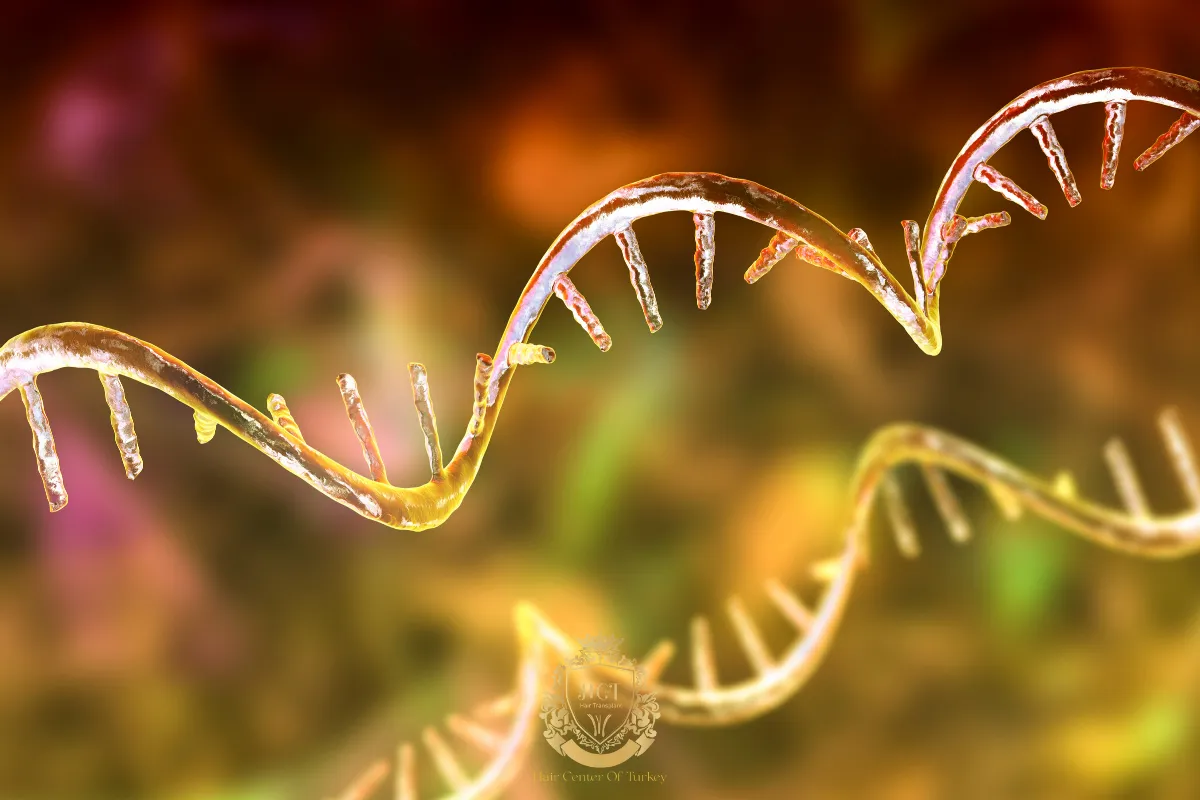
Understanding MicroRNA and Its Role in Hair Growth
MicroRNAs (miRNAs) are small, non-coding RNA molecules that regulate gene expression by binding to messenger RNAs and controlling protein production. In hair follicles, specific miRNAs influence the hair growth cycle, affecting cell proliferation, differentiation, and follicle regeneration. Abnormal levels or function of certain miRNAs have been linked to conditions like androgenetic alopecia and alopecia areata.
How MicroRNA Therapy Works to Combat Hair Loss
MicroRNA therapy aims to restore balance by either suppressing harmful miRNAs or enhancing beneficial ones in the scalp tissue. This is typically done using synthetic molecules or gene-editing tools that modulate miRNA activity. By correcting these molecular imbalances, therapy can promote healthier hair follicle function, reduce inflammation, and stimulate new hair growth.
Current Research and Clinical Applications
Although still largely in experimental stages, early studies have shown promising results. Researchers have identified key miRNAs involved in hair follicle cycling and demonstrated that modifying their expression can lead to improved hair density and thickness in animal models. Some clinical trials are underway to evaluate safety and efficacy in humans, particularly for androgenetic alopecia.
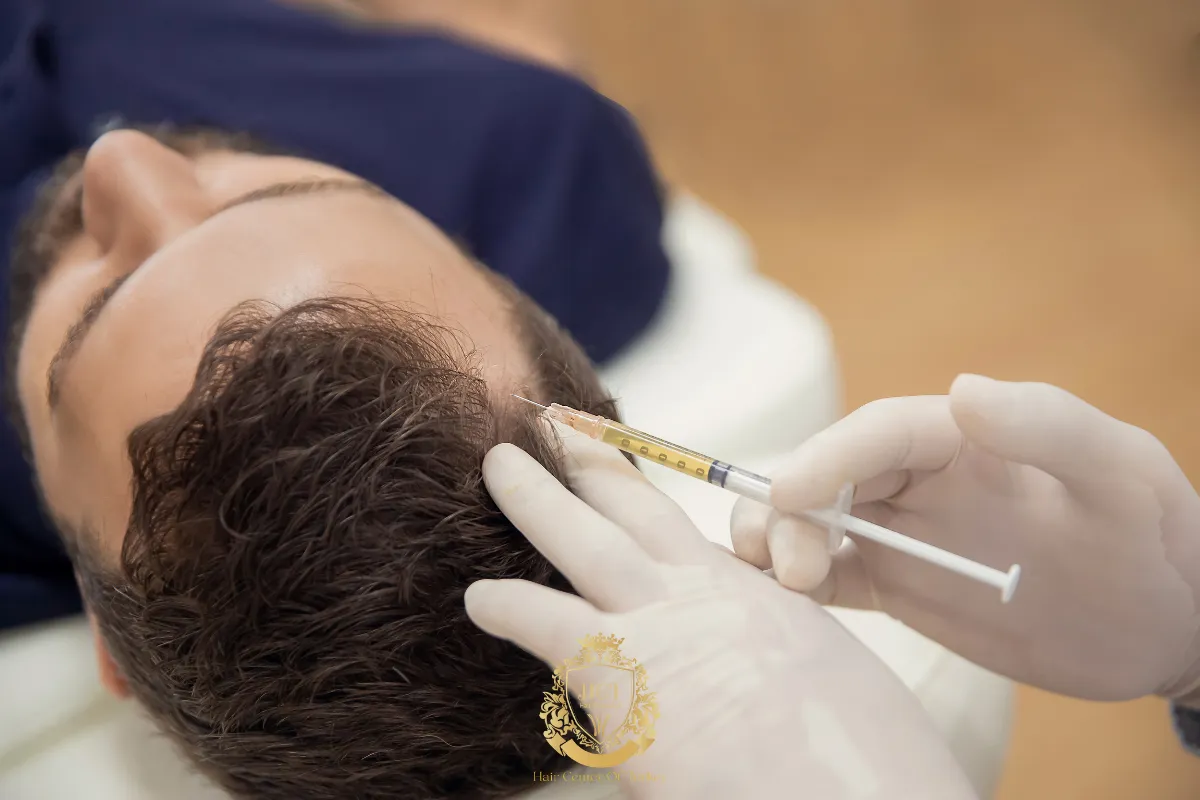
Advantages of MicroRNA Therapy Over Traditional Treatments
Unlike conventional hair loss treatments that often address symptoms, microRNA therapy targets root causes at the molecular level. This precision allows for potentially longer-lasting and more natural hair regrowth. Additionally, microRNA therapy could be combined with existing methods like minoxidil or PRP to enhance overall outcomes.
Challenges and Future Perspectives
Despite its potential, microRNA therapy faces challenges such as delivery methods to hair follicles, off-target effects, and regulatory approval. Scientists continue refining techniques like nanoparticle carriers and viral vectors to improve targeted delivery. As research advances, microRNA-based treatments could revolutionize hair loss management in the near future.


